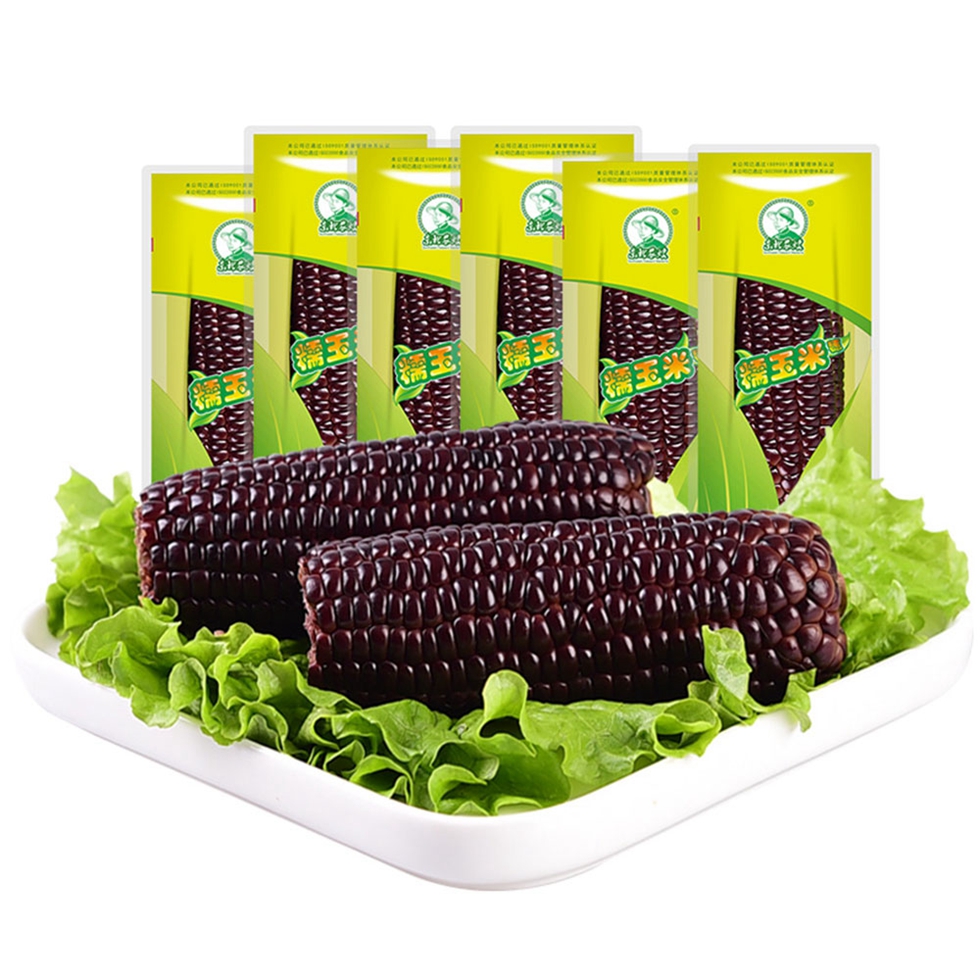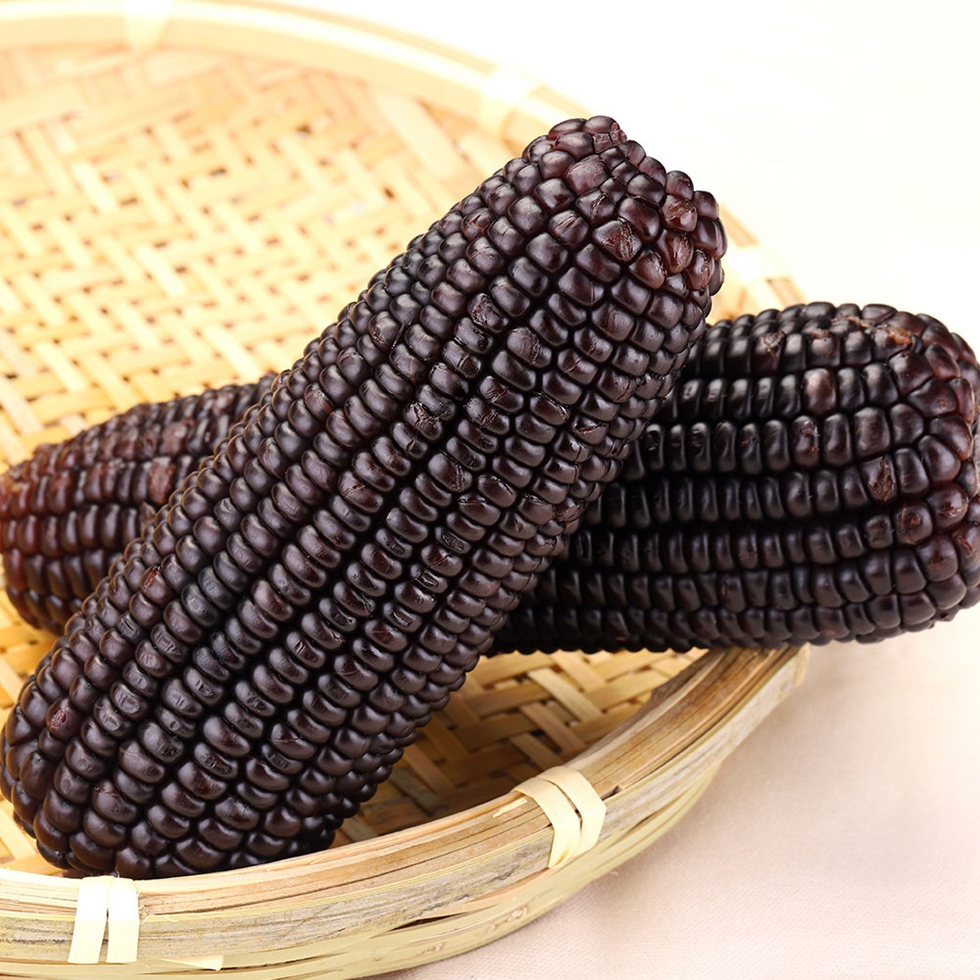Pieris rapae is a popular name for Pieris rapae larvae. It mainly damages leafy vegetables and cruciferous vegetables, especially broccoli. The city is mainly located in open areas, and the areas in which cruciferous vegetables are continuously planted in spring, summer and autumn have been seriously affected. Pieris rapae is mainly formed by larval feeding leaves. The 2nd instar larvae can only eat leafy meat, leaving a transparent layer of skin. After 3rd age, the whole leaf can be taken, and when it is light, holes are eaten, while when it is heavy, only leaves are left. When the density of larvae is high, the larvae feed on the buds, causing the vegetable strains or flower bulbs to rot. In addition, insect feces also pollute the broccoli flower balls. Agricultural control Pay attention to the rational distribution of vegetable varieties to avoid continuous cropping of cruciferous vegetables. Clean the pastoral, timely remove weeds, stubble and fallen leaves in the field after the autumn harvest, and deep plowing, destroy the breeding sites of Pieris rapae and eliminate some of the pupae, pressing down the source of overwintering insects. During the period of adulthood, the insects are captured manually when the dew is not dry in the early morning or when the adult is active. Biological control Under natural conditions, natural enemies have a certain control over the cabbage caterpillars, and currently there are more than 70 natural enemies known. In production, attention should be paid to the protection of natural predators such as Trichogramma, Scarlet bee, and Swallowtail. Try to avoid the use of broad-spectrum insecticides to exert natural control of natural enemies. Chemical control When low-intensity young larvae occur, they should preferably use microbial or plant-derived pesticides. Optional pharmaceuticals are Su Yunjin Suspension (Papaver granulosus virus 10 million PIB/ml, Bacillus thuringiensis 0.2%), 8000 IU/microlitre Bacillus thuringiensis suspension, 15,000 IU/mg Bacillus thuringiensis water dispersible granules and 1.3% flavescens Water reducers, etc., should be sprayed in the evening. During the larval stage, 20% diflubenzuron suspension, 50 g/l flufenoxuron dispersion liquid or 24% Methoxyfenozide suspension and 4.5% beta-cyfluthrin microemulsion can be used. The cabbage worms overlap severely from generation to generation, and after 3rd instar larvae have increased food intake and drug resistance. Therefore, they should be applied as early as possible before the 2nd instar. Generally need to control 2-3 times in a row, every 7-10 days interval, conditional use of different types of drugs as much as possible, to avoid or delay the development of insecticide resistance. The amount of pesticide and the method of application should be carried out according to the label of the pesticide and the safety interval of the pesticide should be strictly enforced.
Colorful Mottled Waxy Corn is generally white, yellow, red, purple and black, with white, yellow and Black Waxy Corn being the basic colours. The purple gene of a purple-white cross naturally becomes purple if it "beats" the white gene, and vice versa, so if the two make a tie, we see white and purple corn. Purple can turn into red and Fresh Black Corn, or as we often say, "red is purple and black is purple". Of these Mottled Waxy Corn, the most common Yellow Waxy Corn is the most nutritious, as it is rich in carotenoids.
Purple Waxy Corn,Single Packed Waxy Corn,Single Packed Black Waxy Corn,Single Packed Purple Waxy Corn Jilin Province Argricultural Sister-in-law Food Co., Ltd. , https://www.nongsaocorn.com

